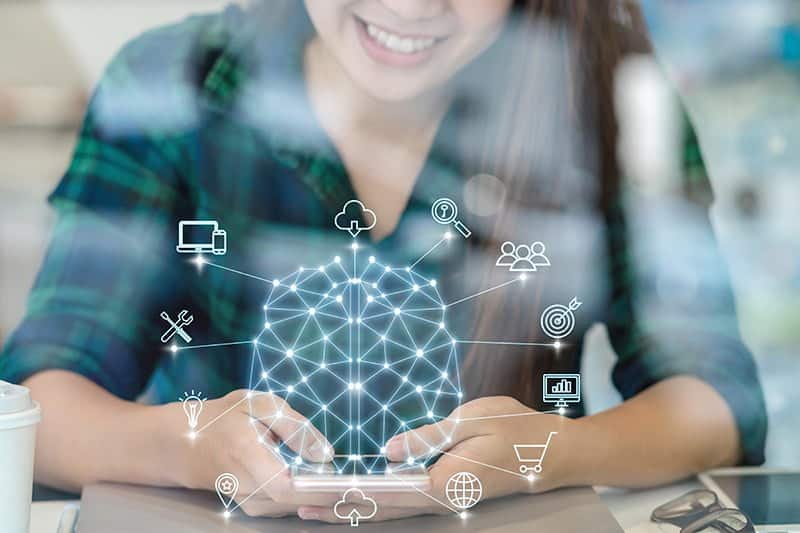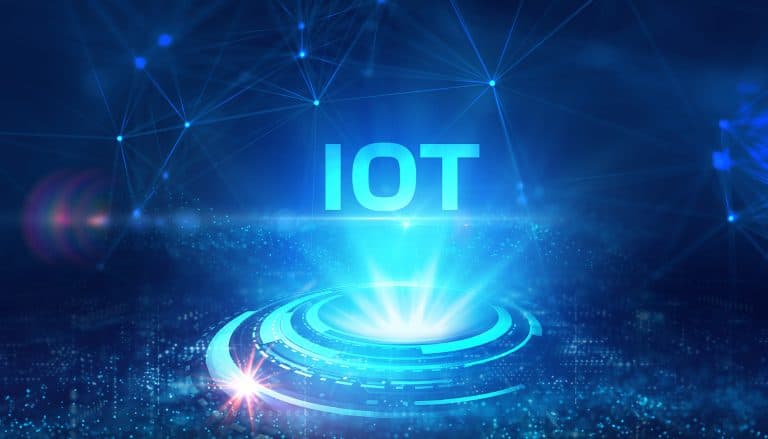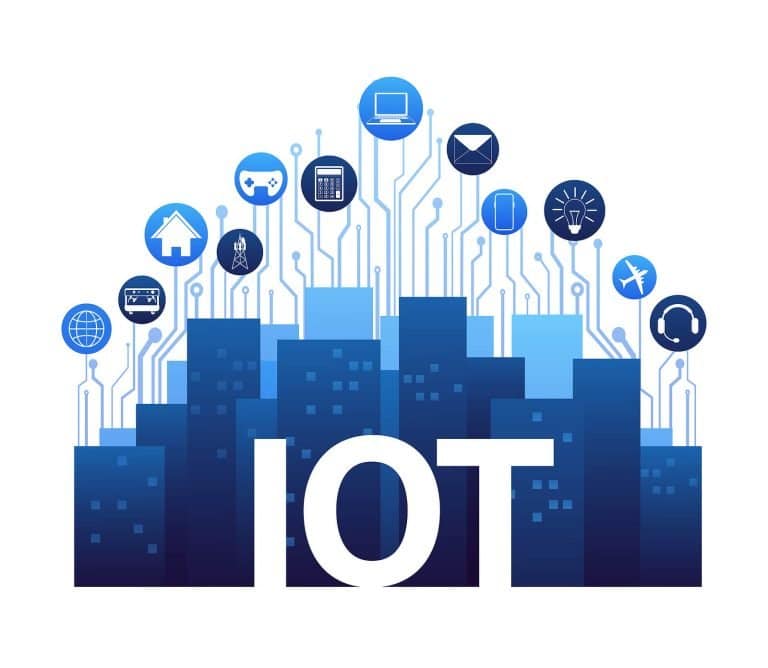90% of US consumers now own some form of smart home device, which is a testament to the fact that IoT has reached mass adoption in the consumer space. With the introduction of artificial intelligence in IoT devices such as Alexa that can learn the patterns of behaviors in users, more homes will see the combination of both to induce a greater experience of living. The two are essentially intertwined, as artificial intelligence will be functionally necessary to process the vast number of connected “things” online, and will become even more important in making sense of a seemingly endless sea of data that is streamed and stored on these various devices.
Table of Contents
TogglePractical combinations of artificial intelligence & IoT in the home
Not all applications and combinations of these two technologies make sense. For certain applications throughout modern homes, however, it does. They can be used to make household chores easier, for example, by using connected devices that leverage artificial intelligence. This is the case for certain existing home products such as automated vacuum cleaners like the Roomba, which uses smart technology to help vacuum robots to map a home layout, adapt to different surfaces or new items, and clean a room with the most efficient movement pattern. This, like the Nest smart thermostat solution, is a way to integrate both technologies into a home to make it more modern and on the path to a twenty-first century “smart home.” Nest’s technology includes smartphone integration to allow for temperature checking and controls from anywhere, which is essentially the embodiment of IoT.
Construction-technology innovations
Not all technologies exist solely when the house is built and lied in. The construction industry is making advancements in the technology they are incorporating into the designing and building phases of homes. For example, 3D printing capabilities are now allowing construction companies to use additive-manufacturing concrete printers to create structures such as bridges. In 2017, a Gaudí-inspired pedestrian footbridge was built in Madrid, and showed the industry the benefits of using this technology: structures require only the amount of cement that will be used, which lowers carbon-dioxide emissions and less waste. As well, advancements in IoT and AI technologies in the construction industry have seen the emergence and increase in popularity of machine-controlled equipment to focus on autonomous control and robotic technology. While it’s important to understand how to use concrete in a way that’s environmentally and budget-friendly during production, this type of technology has the potential to streamline processes while reducing waste.
The future of IoT in homes
Using smart technologies, modern homes will be able to incorporate more safety features that allow for more peace of mind and interactive elements when it comes to being able to control who enters your home and what goes on inside of it. The biggest advancements in this area will begin to yield industry-changing results in regards to construction-technology innovations that allow for a greener building process and overall streamlined workflow. This will not only benefit architects and construction companies, but homeowners as well.
Summary:
IoT And Artificial Intelligence Are Changing Homes
90% of US consumers now own some form of smart home device, which is a testament to the fact that IoT has reached mass adoption in the consumer space. They can be used to make household chores easier, for example, by using connected devices that leverage artificial intelligence. This is the case for certain existing home products such as automated vacuum cleaners like the Roomba, which uses smart technology to help vacuum robots to map a home layout, adapt to different surfaces or new items, and clean a room with the most efficient movement pattern. This, like the Nest smart thermostat solution, is a way to integrate both technologies into a home to make it more modern and on the path to a twenty-first century “smart home.” Nest’s technology includes smartphone integration to allow for temperature checking and controls from anywhere, which is essentially the embodiment of IoT.





